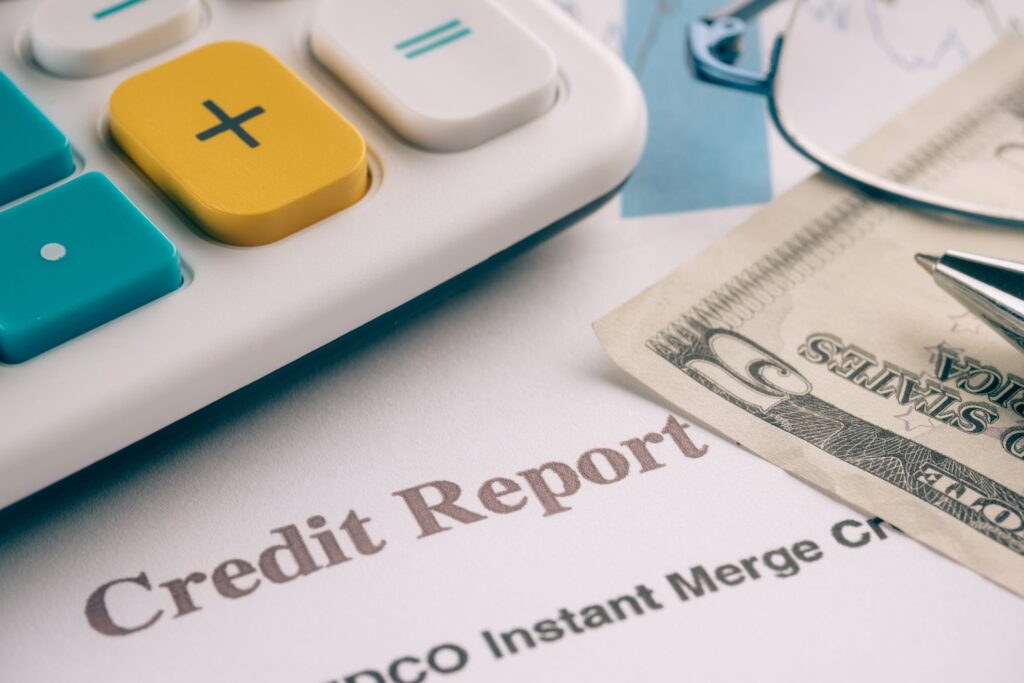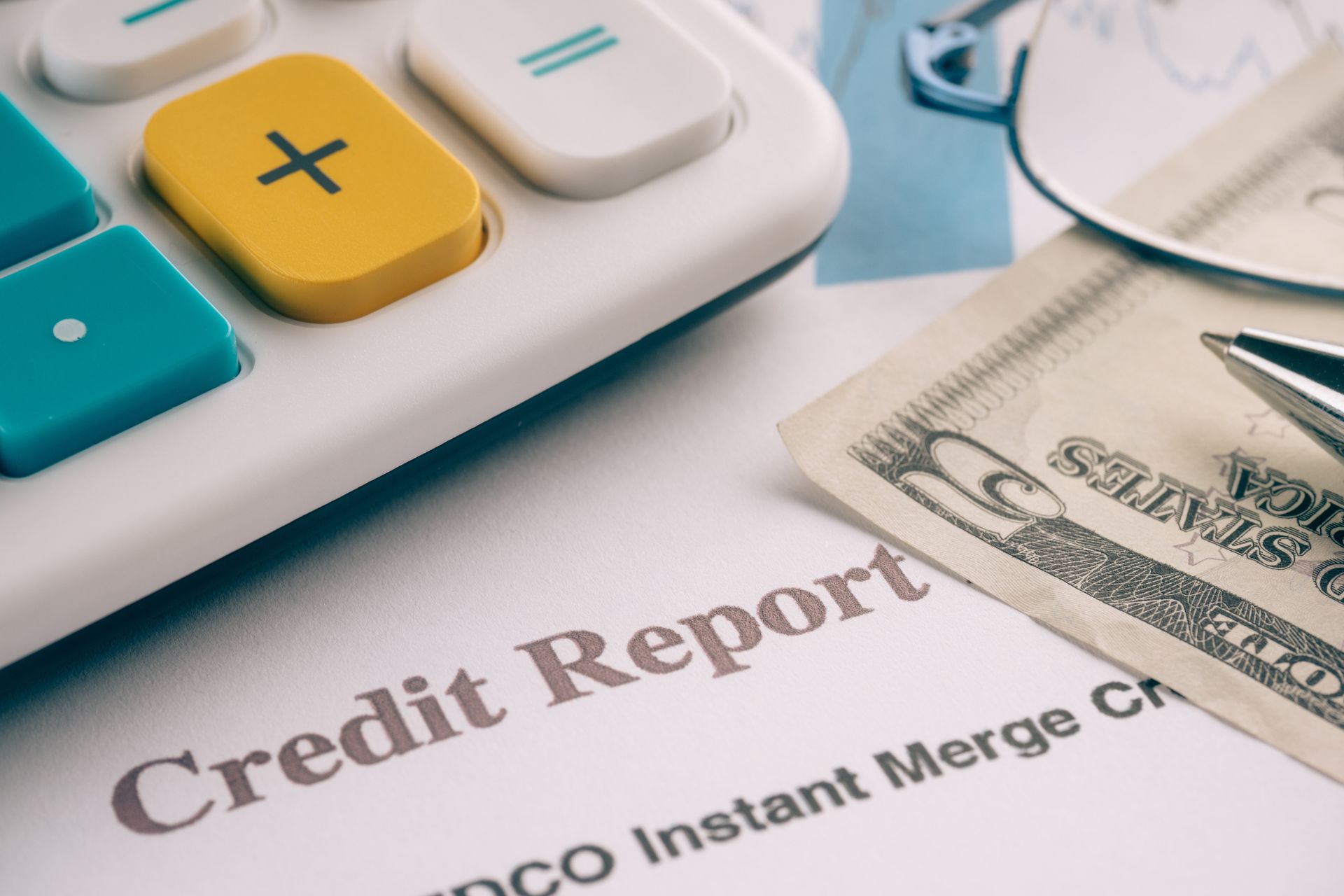You’ve worked hard, budgeted carefully, and you’re finally ready to apply for that loan, rent a better place, or even buy your first home. But then you hear those gut-wrenching words: “We ran your credit, and…”—and just like that, your plans take a hit.
Maybe it’s a past-due account you already paid. Or a collection from a bill you never received. Or worse, something that shouldn’t be there at all.
If you’re tired of feeling judged by outdated or unfair information on your credit report, you’re not alone—and you’re not powerless. There are real, legal ways to remove negative marks and rebuild your financial reputation. This guide will walk you through the process, step-by-step, in a way that’s easy to follow and actually works.
Start Here: Check Your Credit Report for Errors
Before you can challenge anything, you need to know what’s on your credit report—and what doesn’t belong there.
You can access your full reports for free once every 12 months from all three major credit bureaus: Experian, Equifax, and TransUnion. Just visit [Insert External Link to AnnualCreditReport.com] and download them.
As you review, look for:
- Accounts that don’t belong to you
- Balances that don’t match what you’ve paid
- Items that should have aged off (typically after 7 years)
- Late payments that were actually on time
- Duplicate or outdated entries
It’s surprisingly common to find mistakes. According to federal research, millions of credit reports contain errors—some of which can unfairly drag down your score.
File a Dispute the Smart Way
If you find something that looks wrong, you have the legal right to challenge it under the Fair Credit Reporting Act (FCRA). Here’s how:
- Write a clear dispute letter describing the problem. Be specific.
- Attach proof, such as account statements, payment confirmations, or any records that support your claim.
- Send your letter to each credit bureau by certified mail with a return receipt so you can track it.
Once received, the bureau has 30 days to investigate. If the item can’t be verified, it must be corrected or removed.

How to Remove Collection Accounts the Right Way
A collection on your credit report can feel like a dark cloud—but you don’t have to live under it forever.
Ask for Validation First
If a debt collector contacts you, don’t assume they’re right. Send a formal debt validation request asking them to prove:
- That you actually owe the debt
- That the amount is correct
- That they have the legal right to collect
If they can’t produce that proof, the account must be removed from your credit report.
Use a Pay-for-Delete Agreement (When It Makes Sense)
While not officially endorsed by credit bureaus, some collectors are willing to remove negative items in exchange for payment. This is called a pay-for-delete deal.
If you go this route, always get the agreement in writing before paying anything. Make sure the letter clearly states that the collection account will be removed once payment is received.
This tactic won’t work with every collector, but it’s worth trying—especially if you’re settling older debts.
Try a Goodwill Request
If you’ve already paid a debt in full, you may be able to request its removal as a goodwill gesture.
Write a short, polite letter explaining why the account went into default and how you’ve improved your financial habits. Ask if they’d consider removing the record as a one-time courtesy.
This approach works best if your payment history was otherwise solid or the issue was due to a temporary hardship.
Legally Address Charge-Offs on Your Report
A charge-off occurs when a creditor writes off your account as unpaid after months of missed payments. It hurts your score—but it’s not necessarily permanent.
Settle and Request a Status Update
If the original creditor still owns the account, contact them and try to negotiate a settlement that includes updating your credit report status to something less harmful like “Settled” or “Paid in Full.”
While the charge-off label may still appear, changing the account status can improve how lenders view your report.
Look for Inaccuracies to Dispute
Even if the debt is real, the details might not be. Look closely for:
- Incorrect dates
- Wrong balance amounts
- Status errors (e.g., showing “unpaid” even after you’ve settled)
Any of these issues can be grounds for a successful dispute. If the creditor doesn’t respond or provide documentation, the item may be removed.
Time Heals (But You Can Help It Along)
Charge-offs typically fall off your report after 7 years. However, their impact lessens over time—especially if you’re actively rebuilding.
To help your score recover:
- Keep your credit utilization below 30%
- Always pay bills on time
- Consider opening a secured credit card or credit-builder loan
Good habits won’t erase the past, but they’ll help you build a stronger future.
FAQs
Most disputes are completed within 30 days. If changes are made, you’ll typically see updates on your report within a few weeks.
If errors exist, yes—some people see score improvements in as little as 45 days. Disputes and pay-for-delete agreements can both create quick changes.
Review your reports, file disputes with evidence, and use tools like debt validation and settlement letters. All these steps are backed by federal law.
Sometimes. If it was a mistake, dispute it. If it’s legit, try sending a goodwill letter asking the lender to remove it as a one-time courtesy.
Conclusion
Your credit report doesn’t define your worth—but it does influence your financial options. The good news? You don’t have to stay stuck with negative marks forever. By reviewing your reports, using your rights under the law, and rebuilding smartly, you can reshape your financial future one step at a time. Whether you’re aiming to buy a car, qualify for a mortgage, or just feel confident again—every improvement you make gets you closer. Start small. Start today. You’ve got what it takes.
Content Source
AnnualCreditReport.com, Fair Credit Reporting Act (FCRA), Fair Debt Collection Practices Act (FDCPA), Experian, Equifax, TransUnion, Federal Trade Commission (FTC)










